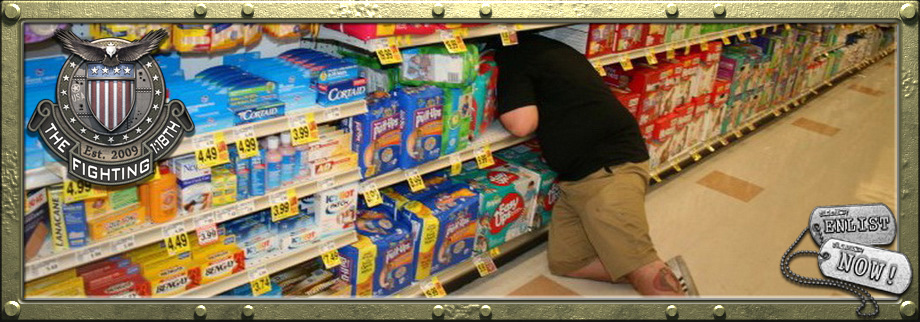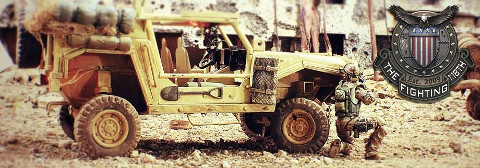The other day I looked for my reference photos. They're gone. I must have left them behind on my old computer and failed in my file transfer.
That being said, it depends on how much you wish to weather it. In the photos I had, I almost never saw both jerry cans strapped to the rear - in fact the brackets were frequently gone or dented beyond use. The rear fenders were often dented and misshapen. These things got used and abused.
As for weathering materials, I recommend using the "Vietnam Earth" from MIG. If you haven't looked at my M-48 or my M-113, you can see it's effect (they're in the "Cold War" section). Weathering is pretty easy to do, and it's hard to overdo it with Vietnam vehicles since there was so much mud and dust. A standard technique is to use thinned solutions of earth tones to simulate streaks left by rain. You can use thinned mixtures of dark grey and chocolate brown to simulate exhaust stains and POL stains (Petroleum, Oil & Lubricants). Look closely at the photos and see where the rain streaks were and how mud splashed up against the front glacis as well as where the drive sprockets and tracks would have churned up mud.
That being said, it depends on how much you wish to weather it. In the photos I had, I almost never saw both jerry cans strapped to the rear - in fact the brackets were frequently gone or dented beyond use. The rear fenders were often dented and misshapen. These things got used and abused.
As for weathering materials, I recommend using the "Vietnam Earth" from MIG. If you haven't looked at my M-48 or my M-113, you can see it's effect (they're in the "Cold War" section). Weathering is pretty easy to do, and it's hard to overdo it with Vietnam vehicles since there was so much mud and dust. A standard technique is to use thinned solutions of earth tones to simulate streaks left by rain. You can use thinned mixtures of dark grey and chocolate brown to simulate exhaust stains and POL stains (Petroleum, Oil & Lubricants). Look closely at the photos and see where the rain streaks were and how mud splashed up against the front glacis as well as where the drive sprockets and tracks would have churned up mud.

